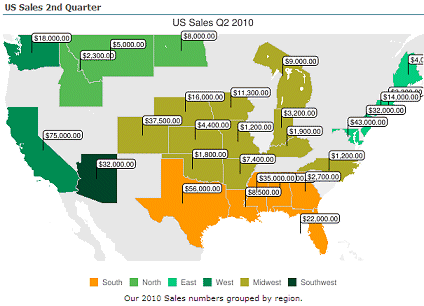The supplemental text I read for this article was "Deaf community outraged after interpreter signed gibberish before Irma", which was written by Alex Mendoza and presented in the New York Post. Mendoza's article lays out the inciting incident relating directly to the article's title, and the responses of various people surrounding the incident. In Manatee County, Florida, before Hurricane Irma was expected to pass through the state, local officials schedules a press conference to communicate "crucial" information with people in the area. However, they did not have a proper ASL (American Sign Language) translator present to translate the conference to people with hearing impairments. Due to this, a lifeguard for the county with minor ASL knowledge named Marshall Greene was asked to translate during the press conference, where he incorrectly translated large parts of the event.
Quotes from several individuals were provided in the article. These were roughly divided between condemning Greene and protecting Greene. These voices included Charlene McCarthy, who owns a company that provides qualified translators to the county, Greene's father, Chris Wagner, who is the former president of the National Association of the Deaf, and various people speaking out across social media.
Mendoza, Alex. “Deaf Community Outraged after Interpreter Signed Gibberish before Irma.” New York Post, New York Post, 16 Sept. 2017, nypost.com/2017/09/16/deaf-community-outraged-after-interpreter-signed-gibberish-before-irma/.
